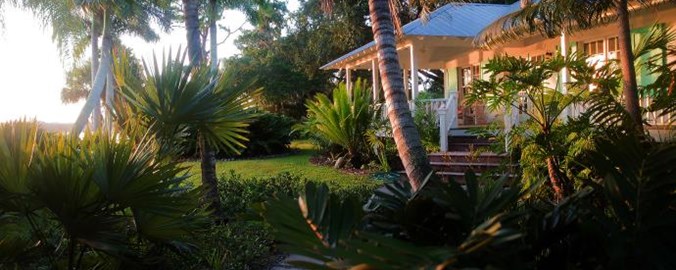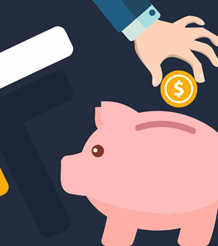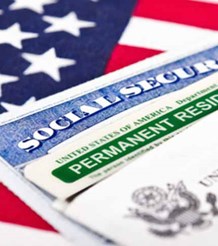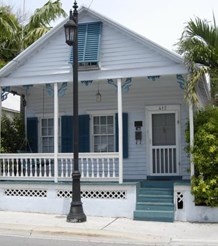
Florida welcomes record-breaking Number of Tourists in first Half of 2017
Speaking at a news conference held at the Florida Aquarium on 15th August in Tampa Bay, Governor Scott said these figures broke down to 53.2 million domestic visitors, 5.3 million foreign tourists and 2.2 million visitors from Canada.
Despite the Trump-Effect, Florida has remained a favourite with tourists, both in the home-grown market and overseas. However, there was a 1% drop in Canadian tourists, and a 0.4% decline of overseas visitors, and all the increase in visitor numbers came from domestic tourism this year.
Scott said: "I worked hard this session to continue to fund Visit Florida, and it's paying off. Our goal is to have 120 million visitors this year."
Last year was already a new historic record, where 112 million visitors flocked the multiple attractions of the Sunshine State.
Tourism plays a huge part for the State's economy. For every dollar the Sunshine State invests in Visit Florida, its Tourism Board, USD 3.20 in tax revenue is generated, according to figures published by Visit Florida. The Tourism Board's most recent economic impact study estimated that tourist expenditure amounted to around USD 108.8 bn annually, supporting around 1.4 million jobs and bagging USD 11.3 bn for the state in local and state taxes.
Take any average day and you'll see 2.2 million visitors arriving, who spend on average USD 300 million a day, Visit Florida's study revealed.
And they need to stay somewhere - even Hurricane Irma couldn't bring the real estate market to its knees, although it is still too early to tell just how big the damage caused actually is in terms of funds needed for rebuilding.
Living with Natural Disaster
Developers and estate agents seem immune to concerns over climate change and coastal erosion that saw streets in Miami-Dade under water, when Irma struck. Florida has seen a steady rise in house prices, especially so in Miami-Dade County, where the asking price for a single-family home rose by 12.5% in August this year, compared to the same month in 2016, increasing from USD 300,000 in July 2017 to USD 337,500 the following month. Prices had, in fact, risen for the past 69 months.
Prices for second-hand condos increased from USD 215,000 to USD 225,000 this August, continuing an upward trend seen over a 72-month period.
It seems people involved in the real estate business have short memories when it comes to natural disasters like hurricanes. Florida has a fairly transient population, which means that in a decade or even half a decade a whole new population of young professionals goes in search of a home. People who have never experienced the devastated brought by a hurricane like Irma and are thus happy to move into a condo in downtown Miami or a single-family home close to the water's edge. And tourists only ever stay for a week or so... Florida's key tourism markets include New York, Atlanta, Chicago, Philadelphia and Washington D.C. and the State's developers pander to just that market, as well as to Canadians escaping the cold winter months.
Speaking to Miami Herald in September this year, Stan Cox, a senior scientist at The Land Institute, explained that the "fatalistic logic of Miami’s real-estate business" meant developers would continue to build luxury condos that perch just "three inches above the Biscayne Bay waterline, despite growing evidence of the vulnerability of coastal construction".
Everyone in the real estate business seems to think there were another ten years of good money to be had from Florida's real estate market.
"As time goes by, those 10 years (get pushed back) to another 10 years - plenty of time to make more money. But those 10 years will (eventually) run out. If there’s never another 1926-size storm surge, then it will be a question of what Miami loses first: Its water supply, its property insurance, or long-term mortgages. It’s just a matter of time," Cox said.
It's still too early to see if the latest hurricane has had a negative impact on Florida's housing market as a whole or just impacted on some counties. Seen in a year-on-year comparison, Miami-Dade's total number of residential transactions - including single-family homes and condos - dropped by 9.7%, from 2,389 to 2,158 this August.
Christopher Zoller, realtor at Coral Gables and this year's chairman of the Miami Association of Realtors Board, explained that August's figures were incomplete, thanks to Hurricane Irma's county-wide disruption.
"Miami-Dade September housing statistics will also be impacted as some area closings will be delayed due to power outages and minor damage from the storm is repaired. Nevertheless, August data shows a continued rise in mid-market home sales," he added.
And given the fatalistic nature of Florida's realtors and developers, and the unprecedented increase in tourism, house prices in the Sunshine State are likely to continue their upward surge - at least for another decade...





